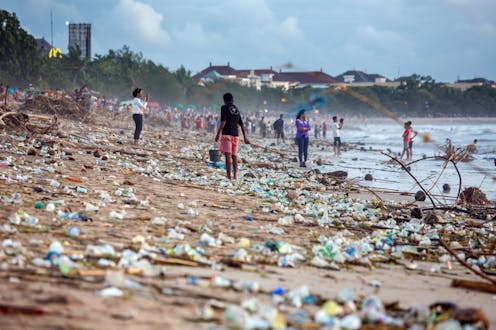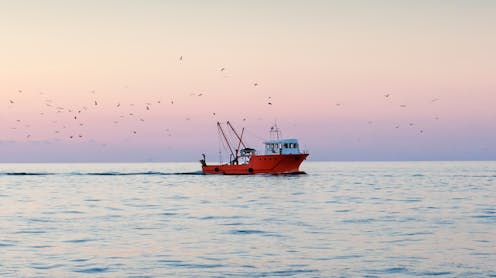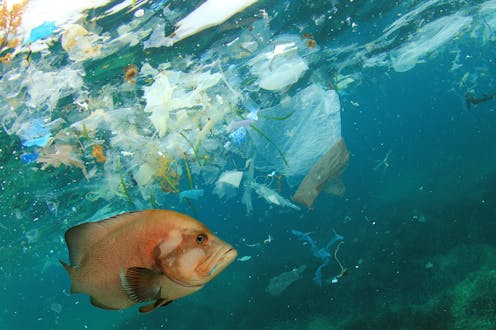Tax plastic takeaway boxes: the scourge of the oceans
That takeaway box that was in your hands for 10 minutes on Friday night could be in the ocean forever. Single use plastics are a real concern for the planet. The use and throwaway nature of items such as food packaging and drinks bottles means that millions of tons of plastic waste are created. Unfortunately, much of this can enter waterways and oceans.
This week, the UK Government will discuss the possibility of introducing taxes on single-use plastic items , such as bottles and takeaway containers, to try to reduce the amount of plastic pollution entering the oceans. This follows the successful introduction of the 5p plastic bag initiative in 2015 which reduced plastic bag use by 80%. This taxation on single-use plastics could be a major step towards improving the “ plastic ocean ” which humans have created.
Studies showing entangled turtles , sea birds with stomachs full of plastic pieces and can holders cutting into the flesh of seals are shocking and clearly show the effect of plastics on marine life – but it doesn’t stop there.
So, let’s imagine your Friday night takeaway box for a moment. If you are a careful consumer, you will have checked to see if it’s recyclable before throwing it in the bin. Unfortunately, many containers are not recyclable. Even some of those that are may be thrown into general waste if they have food residue on them that can’t be rinsed off. And how many people carry round washing-up liquid and a sponge on a Friday night anyway?
The excess of these containers enters the waste system due to the extreme amounts entering our waterways from land or through drainage systems. A study by the Rozalia Project that monitored storm drains in Boston Harbour found that a plastic item was released into the water every three seconds.
Now imagine that takeaway box has made its way to sea via urban waterways, moving with the currents until it reaches the deep ocean. At this stage, your takeaway box is a megaplastic (items of plastic bigger that 10cm in size that stay intact for a long time). These plastics have been made to resist age and not break down easily. They can move around the planet, enter huge floating garbage patches , reach far flung beaches and become buried in sand and sediment.
Degradation and sea pollution
But these takeaway boxes and bottles don’t just stay as they were when we were using them. These containers slowly degrade and break down into macroplastics (2.5cm to 10cm), mesoplastics (5mm to 2.5cm), microplastics (smaller than 5mm) and sometimes even into nano particles (smaller than a micrometre, the equivalent of around 1/70th of the width of an average human hair). Depending on the size of your takeaway box, this can mean one box is turned into millions of pieces.
To get to this size, your takeaway box has been exposed to the sun, where UV degradation occurs. The pounding action of the waves, which causes mechanical damage, helps to fragment the plastic. Your takeaway box also becomes a home for many microbes which cause biodegradation of the plastic. As the plastic particles become less buoyant and covered in microorganisms, your takeaway box will sink, disappearing from the ocean surface into the depths. So, is this the last we see of your takeaway box? Unfortunately, no.
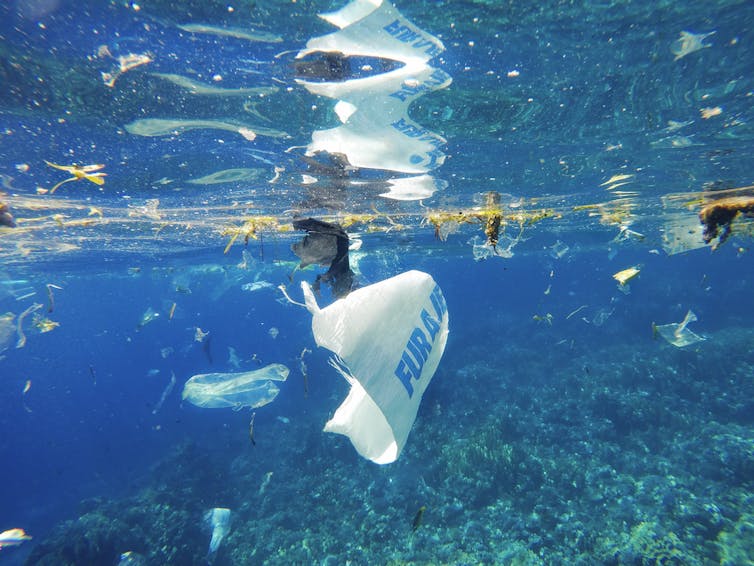
At this stage, the box may be at its most dangerous. Now, these many individual pieces can be eaten by marine life large and small, even those in the deepest depths of the ocean. These microplastics have large surface area to volume ratios, which mean that they concentrate chemical toxins on their surfaces that then can transfer to the animals that eat them. This ingestion has been seen in multiple marine organisms and has led to a debate over whether these can lead to ecological effects both to the organism and any humans who consume them.
What we do know, is that we need more research into how plastics degrade in the ocean and where they end up to fully understand what effect they may have on marine life.
So how much do you really care that your Friday night takeaway is being served in a plastic tray? Would it taste different if it was in a recycled cardboard container or even something as hipster as a bamboo tray? However you feel about this, without some action, you actually might end up eating your discarded takeaway box at some point in the future.
Claire Gwinnett is affiliated with the UK Microplastics Network.
Ocean Pollution News by The Conversation Australia
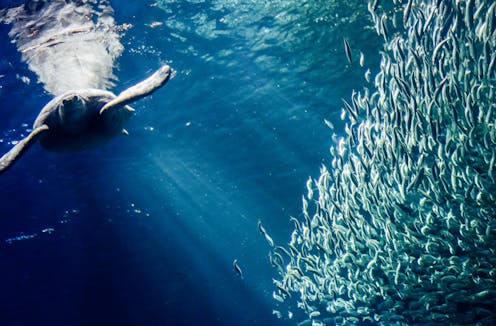

Wahoo Skip Bins prides itself on always providing quality customer service- by focusing on responsive communication, timely deliveries, and competitive rates. Wahoo Skip Bins offers a large range of bin sizes and delivers Sydney wide. Call us today!
ABN: 41490770553

